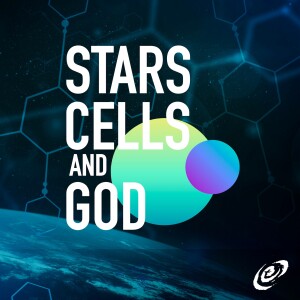
Thursday Jul 14, 2022
Our Galaxy's Supermassive Black Hole and ERV Design
Join Hugh Ross and Fazale “Fuz” Rana as they discuss new discoveries taking place at the frontiers of science that have theological and philosophical implications, as well as new discoveries that point to the reality of God’s existence.
The Milky Way Galaxy’s supermassive black hole is exceptionally small, about 35 times less massive than spiral galaxies of a similar size. The first-achieved image of its event horizon by the Event Horizon Telescope reveals an exceptionally quiet radiation level. What is the intensity and variability of our galaxy’s supermassive black hole’s radiation just outside its event horizon? What do this intensity and variability imply for advanced civilization on Earth? How much longer can we count on our galaxy’s supermassive black hole being quiet enough for civilization on Earth?
For many people, the shared ERV sequences in the human and great ape genomes evince common ancestry and an evolutionary origin for humanity. Yet, new discoveries about the physiological role of ERVs suggest another interpretation of ERVs in the human genome. Biochemist Fuz Rana discusses the latest insight into ERV molecular biology and explores the question: “Can a creation model explain the occurrence of ERV sequences in the human genome?”
In this episode Hugh and Fuz discuss these important topics.
Links and Resources :
- First Sagittarius A* Event Horizon Telescope Results. III. Imaging of the Galactic Center Supermassive Black Hole
- First Sagittarius A* Event Horizon Telescope Results. V. Testing Astrophysical Models of the Galactic Center Black Hole
- Black Holes as Evidence of God’s Care
- Designed to the Core (Covina, CA: RTB Press, 2022), by Hugh Ross (book)
- Movements of Ancient Endogenous Retroviruses Detected in SOX2-Expressing Cells
- Endogenous Retroviruses Help Fight Tumors
- Endogenous Retroviruses (ERVs) Protect Early-Stage Human Embryos
No comments yet. Be the first to say something!